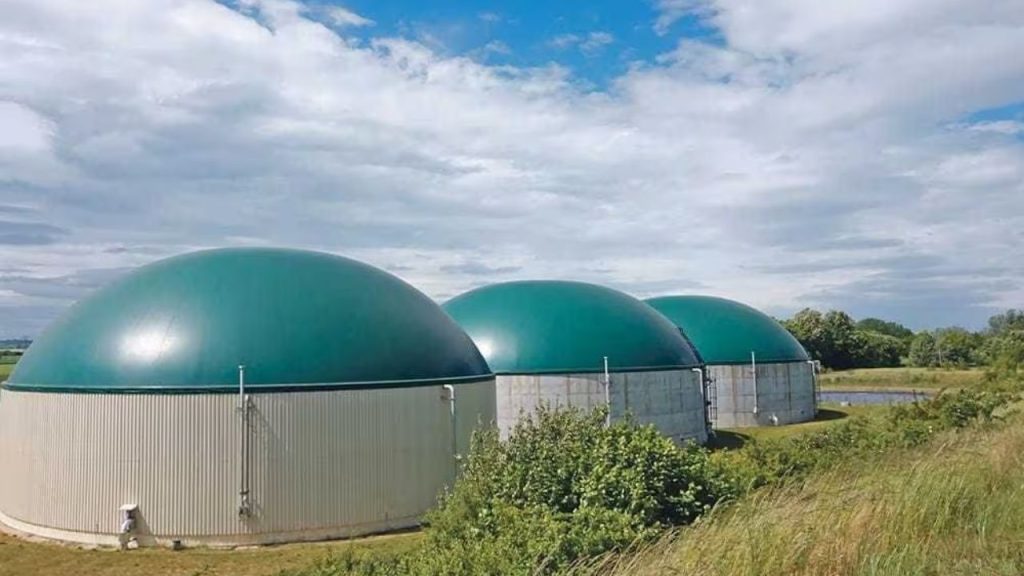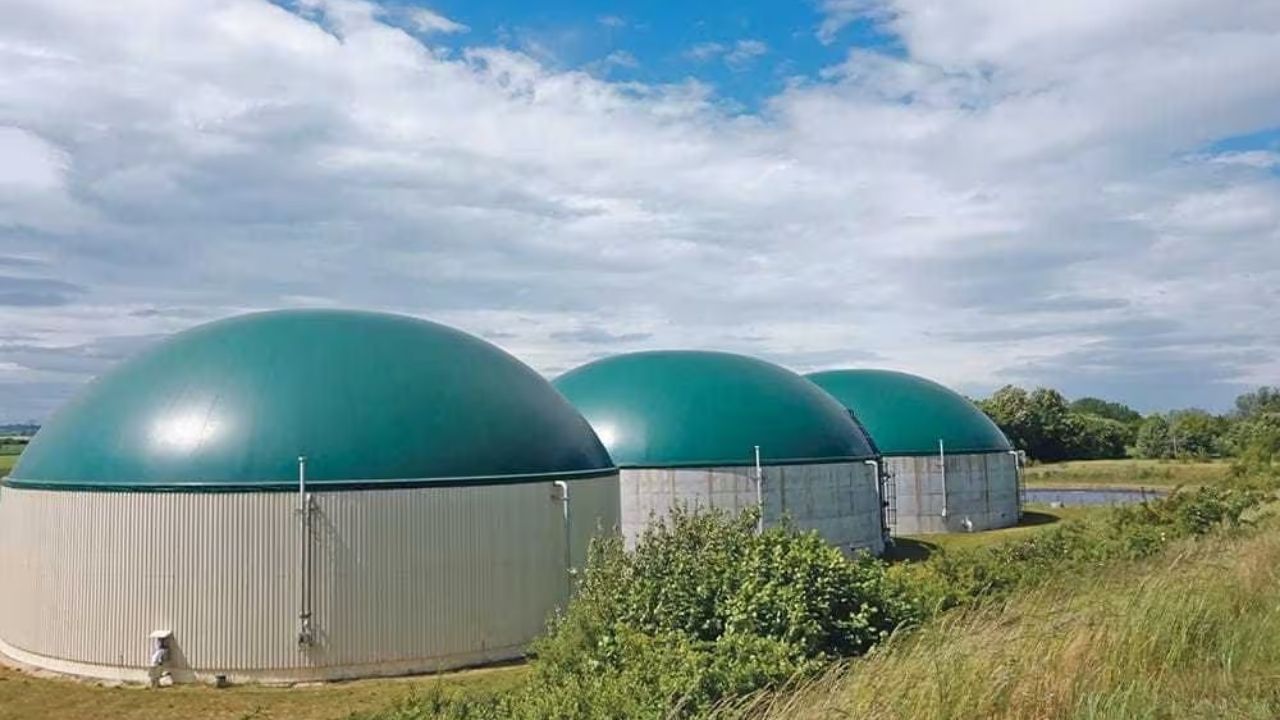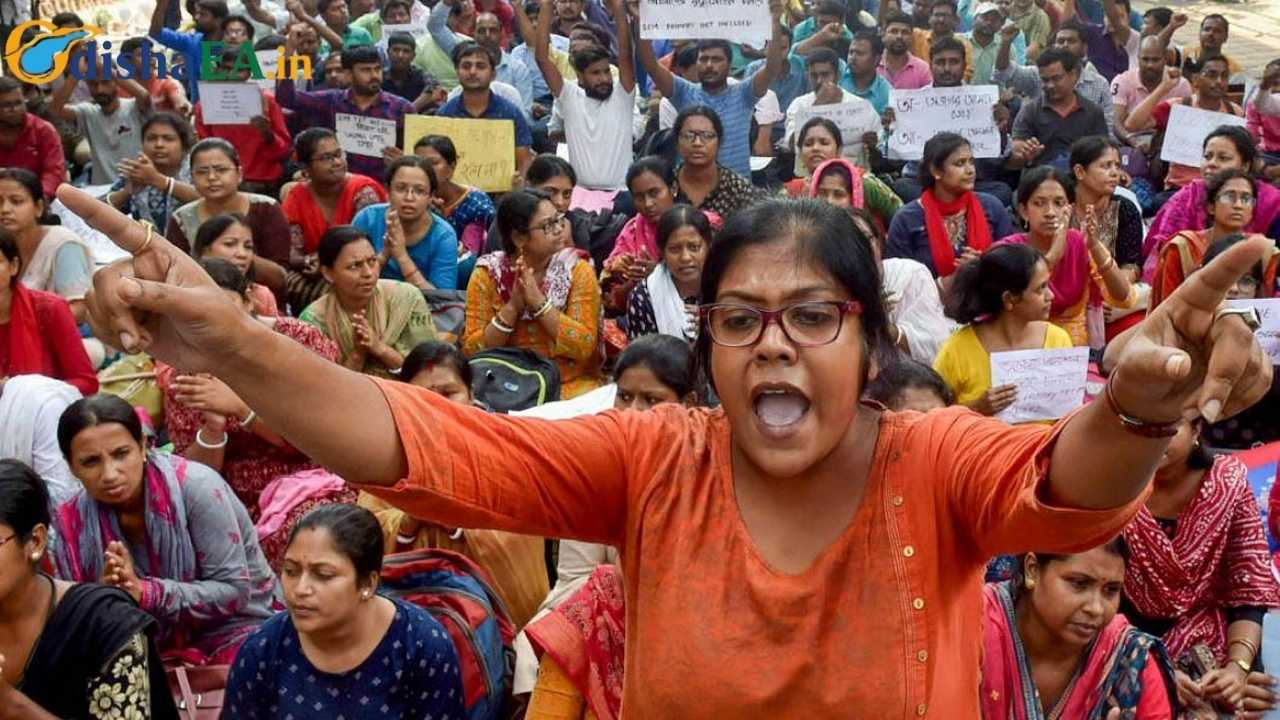BHUBANESWAR, India – In a significant step towards urban sustainability, the city of Bhubaneswar has operationalized a new biogas plant designed to process tons of organic refuse from one of its largest markets and convert it into clean energy. This Bhubaneswar organic waste to electricity initiative, located at the bustling Unit-1 market, aims to tackle pressing waste management challenges while generating renewable energy for the local community.

The facility, developed by the Bhubaneswar Municipal Corporation (BMC), will utilize several metric tons of daily vegetable and fruit waste that would otherwise end up in landfills. Officials state the project is a cornerstone of the city’s Smart City mission, aligning with national goals to promote a circular economy and reduce urban carbon footprints.
Convert Organic Waste into Electricity with New Biogas Facility
| Key Fact | Detail / Statistic | Source |
| Waste Processing Capacity | 10 metric tons of segregated organic waste per day. | The New Indian Express |
| Energy Output | Approximately 1,400 kilowatt-hours (kWh) of electricity daily. | BMC Official Statements |
| Primary Technology | Anaerobic Digestion | The Energy and Resources Institute (TERI) |
| Key Benefit | Reduces landfill burden and produces clean energy and bio-fertilizer. | Odisha TV |
A Strategic Approach to Urban Waste Management
The new biogas plant represents a critical infrastructure upgrade for Bhubaneswar, a city grappling with the disposal of nearly 600 tons of solid waste daily. The Unit-1 market alone is a major contributor of perishable, wet waste, making it an ideal location for a decentralized processing facility.
“This project is not just about generating power; it’s about fundamentally changing how we perceive and manage waste,” said Vijay Amruta Kulange, the Bhubaneswar Municipal Commissioner, in a statement to local media. “By converting waste into a valuable resource at its source, we are creating a sustainable, self-sufficient model that can be replicated across the city.”
The initiative is part of the Indian government’s Sustainable Alternative Towards Affordable Transportation (SATAT) scheme, which encourages the production of compressed biogas from various waste sources. By localizing waste processing, the BMC aims to cut down on transportation costs and the environmental pollution associated with moving garbage to distant landfills like Bhuasuni, the city’s primary dump site.

How the Bhubaneswar Organic Waste to Electricity Plant Works
The technology at the heart of the facility is anaerobic digestion, a natural biological process. Here’s a breakdown of how it functions:
From Market Scraps to Methane
Every day, vendors at the Unit-1 market will deposit their unsold or spoiled produce into designated collection points. This segregated organic waste is then fed into a large, oxygen-sealed tank called a digester. Inside the digester, microorganisms break down the organic matter in the absence of oxygen. This decomposition produces a methane-rich gas, commonly known as biogas.
Powering the Community
The captured biogas is then channeled to a specialized generator that burns the gas to produce electricity. The plant is expected to generate around 1,400 kWh, or units, of electricity per day. According to BMC officials, this power will be used to illuminate the market area and other nearby public facilities, reducing the municipal corporation’s reliance on the conventional power grid.
“The success of such plants hinges on a consistent supply of well-segregated waste,” explained Dr. Anjali Verma, an environmental scientist specializing in waste-to-energy projects. “Community participation, especially from the market vendors, is absolutely crucial. If the feedstock is contaminated with plastics or other non-organic materials, it can severely impact the digester’s efficiency.”
Broader Implications for Renewable Energy and Agriculture
The project’s benefits extend beyond electricity and waste management. The anaerobic digestion process also yields a nutrient-dense slurry as a byproduct. This slurry is processed into high-quality solid and liquid organic fertilizer.
The BMC plans to use this bio-fertilizer in the city’s parks and gardens, further promoting a green circular economy. There is also potential for packaging and selling the fertilizer to local farmers, providing them with an affordable and sustainable alternative to chemical fertilizers.
This model aligns with India’s broader push for renewable energy and sustainable agriculture. By demonstrating a viable economic and environmental model, the Bhubaneswar biogas plant could serve as a blueprint for other Indian cities looking to monetize their organic waste streams.
The project’s long-term success will be closely monitored as a test case for decentralized, small-scale waste-to-energy solutions in a complex urban environment. As the plant becomes fully operational, city officials hope it will inspire a greater sense of environmental responsibility among citizens and businesses alike.
Odisha Commits Over Rs 5,000 Crore to Establish 835 Model Schools for Quality Education
IAF Agniveer Vayu Rally in Mayurbhanj from Aug 27: Full Details for Odisha Aspirants
Orange and Yellow Warnings for Odisha: IMD’s Heavy Rainfall Alert Could Bring Devastating Storms
FAQ
1. What is biogas?
Biogas is a renewable energy source produced from the breakdown of organic matter (like plant and animal waste) in an oxygen-free environment. It is primarily composed of methane (CH_4) and carbon dioxide (CO_2).
2. How much waste will the Bhubaneswar plant process?
The plant is designed to process up to 10 metric tons (10,000 kilograms) of segregated organic waste each day, sourced directly from the Unit-1 market.
3. What will the electricity generated be used for?
The electricity, estimated at 1,400 kWh per day, will be used to power lights and other utilities within the Unit-1 market complex and adjacent public areas.
4. Is this the only such plant in the city?
While this is a flagship project, the Bhubaneswar Municipal Corporation has plans to establish similar decentralized biogas facilities in other major markets and residential areas to manage organic waste more effectively across the city.





